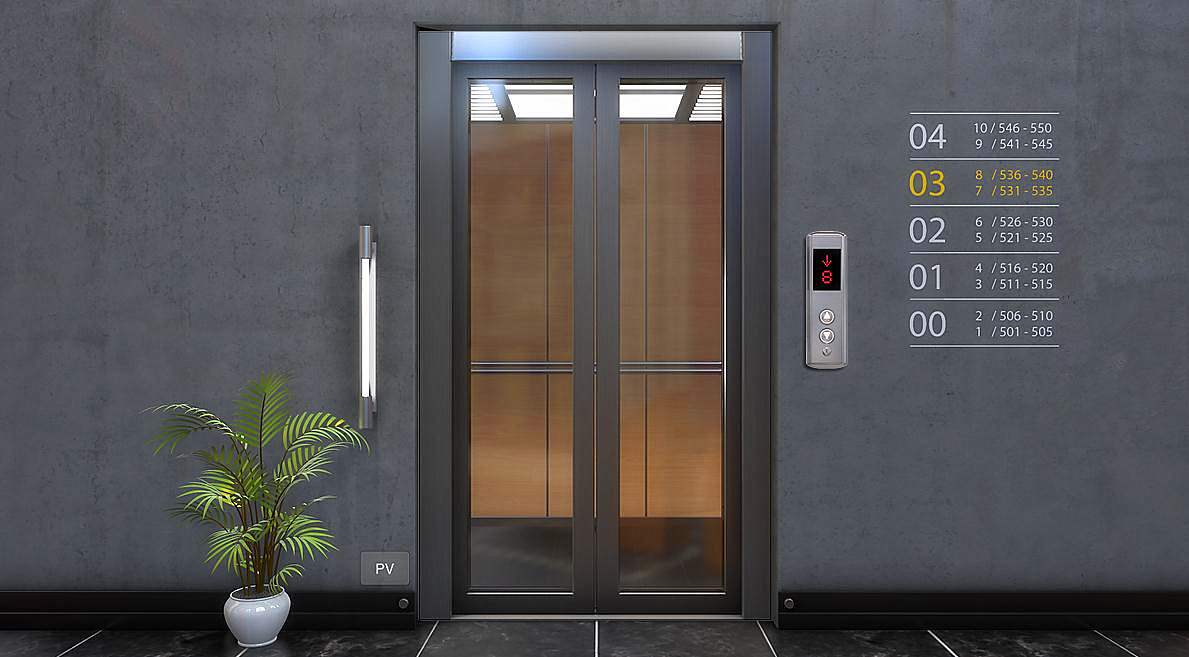In the modern urban landscape, the passenger elevator is more than just a convenience—it is an indispensable artery within the architecture of high-rise life. From luxury skyscrapers in global metropolises to modest residential buildings, passenger elevators orchestrate a seamless ballet of vertical motion. As vertical cities emerge and space becomes more precious, the sophistication and strategic implementation of these systems have taken on renewed significance.

A Pinnacle of Vertical Transit
Passenger elevators have undergone dramatic transformations since their rudimentary beginnings in the 19th century. What once relied on steam and pulley systems now operates with magnetic levitation, microprocessor controls, and regenerative drives. This evolutionary journey has not only enhanced efficiency but has also redefined what passengers expect in terms of comfort, speed, and safety.
Modern passenger elevators boast traction or hydraulic mechanisms, depending on the building’s height and traffic requirements. Traction elevators, often equipped with gearless motors and counterweight systems, offer exceptional energy efficiency and smoother rides. Meanwhile, hydraulic elevators serve well in low-rise buildings, utilizing fluid dynamics to ensure dependable vertical travel.
Safety Interlaced with Innovation
In the realm of vertical passenger elevators, safety is not an afterthought—it is a fundamental tenet. Contemporary systems incorporate an array of technologies designed to protect and reassure. Redundant braking mechanisms, seismic sensors, emergency communication intercoms, and intelligent load balancing are now standard features. In addition, real-time monitoring systems provide diagnostic insights, enabling predictive maintenance and reducing downtime.
Antimicrobial control panels and contactless call systems have also become essential, especially in light of global health concerns. These features exemplify how passenger elevators continue to adapt to meet both functional and societal needs.
Architectural Integration and Aesthetic Harmony
The modern passenger elevator is not merely a utilitarian device; it is an extension of the building’s identity. Sleek stainless steel finishes, LED ambient lighting, touch-screen controls, and panoramic glass cabins can transform a mundane ride into an elevated experience. Architects and interior designers now collaborate with elevator engineers to ensure harmonious integration, from shaft design to cabin aesthetics.
Moreover, space-saving machine-room-less (MRL) configurations have allowed greater architectural flexibility, especially in buildings where spatial economy is critical. The elimination of bulky overhead rooms has opened up new design possibilities and improved environmental impact.
Efficiency Through Intelligence
In high-density urban centers, elevator traffic management becomes a critical concern. Destination control systems (DCS) have revolutionized passenger flow by grouping riders traveling to the same floor, thus reducing wait and travel times. Artificial intelligence algorithms further optimize elevator dispatch, learning traffic patterns and adjusting in real-time.
Energy conservation is also central to modern elevator design. Regenerative braking systems recover energy during descent and feed it back into the building’s electrical grid. Coupled with LED lighting and sleep mode for idle systems, these features contribute to a building’s overall sustainability profile.
A Future Lifted by Technology
Looking forward, the passenger elevator continues to be a focal point of innovation. Concepts such as multi-directional cabins and rope-free systems like magnetic levitation (Maglev) point toward a horizon where vertical and even horizontal movement converge. Smart elevators, integrated with building management systems and mobile applications, allow personalized control, predictive maintenance, and data-driven optimization.
As cities grow taller and denser, the role of the passenger elevator expands beyond function. It becomes an enabler of accessibility, a statement of engineering excellence, and a silent testament to the art of motion. In this ever-ascending world, the elevator remains one of the most quietly transformative technologies of our time.
In short, the passenger elevator is not simply a means of transport. It is a meticulously engineered solution that balances speed, safety, sustainability, and style—a vertical symphony for the cities of tomorrow.
Post time: May-30-2025
